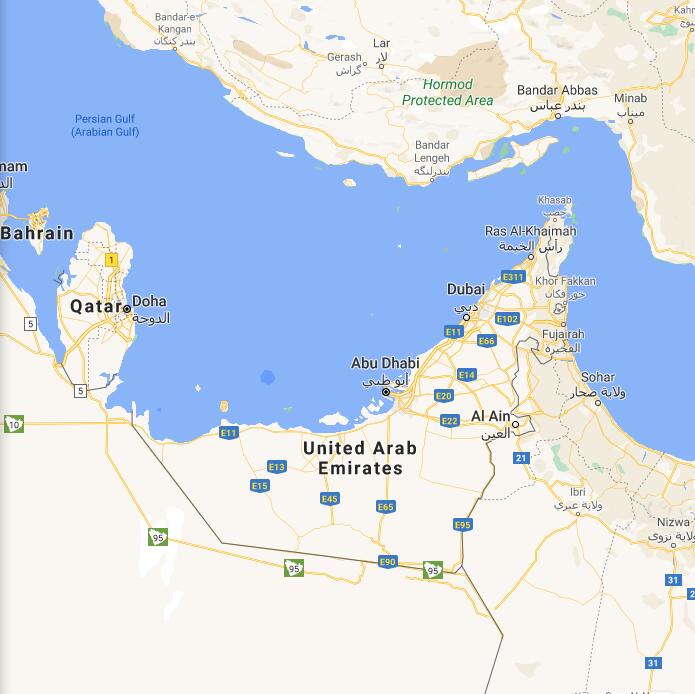
In 2003, the United Arab Emirates (UAE) was a newly formed federation of seven states located in the Middle East. It had a population of around 3 million people and was fast becoming an economic powerhouse. The country was rich in oil reserves and its economy was largely based on oil and gas exports. According to computergees, the UAE was also rapidly developing its tourism industry and had begun to attract international investors, making it an important hub for business in the region. Politically, the UAE was a constitutional monarchy with a federal system of government. Its citizens enjoyed relatively high levels of freedom and were entitled to certain rights such as freedom of speech, expression, movement, assembly, association and religion. In terms of culture, Emiratis were proud to uphold their traditional values while embracing modernity in many aspects of life. Traditional dress such as kandura for men and abaya for women were still widely worn by Emiratis in 2003. Music festivals featuring both traditional music styles like Bedouin music as well as contemporary international artists took place throughout the year. Emirati cuisine featured dishes like shawarma, falafel and hummus that were popular amongst locals and visitors alike.
Yearbook 2003
United Arab Emirates. According to Countryaah.com, United Arab Emirates Independence Day is December 2. The new TV channel al-Arabiyya began broadcasting in February from the United Arab Emirates in an attempt to compete with the Qatar-based al-Jazira on Arab viewers. al-Arabiyya also became a frequently cited source during and after the US war in Iraq.
Sheikh Saqr ibn Muhammad al-Qasimi, emir of the emirate Ras al-Khayma, in June appointed one of her younger sons, 48-year-old Sheikh Saud al-Qasimi, to crown prince instead of eldest son Khalid al-Qasimi, who was crown prince since 1963.
August
Legal to do business with Israel
August 30th
A law imposing a boycott on Israel is repealed. It will thus be allowed, among other things, to trade in Israeli goods. The next day, the first direct flight is operated with commercial flights between Israel and the Emirates. Both measures are based on the agreement between the countries to establish normal relations between the states (see 13 August). On board the first flight from Israel is US President Trump’s son-in-law Jared Kushner, who is trying to get more Arab states to recognize Israel and give up demands linked to the establishment of a Palestinian state.
Emirati drone in air strike
August 28th
A drone used against a military training camp south of the Libyan capital Tripoli on January 4 had been delivered by the United Arab Emirates, according to the British BBC, which refers to photo evidence. The city and the country’s internationally accepted government were at the time under siege by the warlord General Haftar’s forces, LNA, which is supported by several neighboring countries, including the Emirates and Egypt. According to the BBC, the drone, of Chinese manufacture as well as the robot used, came from an air base in eastern Libya controlled by Haftar. 26 military cadets killed were young and unarmed.
Fishermen lose their lives in confrontation
August 17th
Two Iranian fishermen lose their lives when the United Arab Emirates’ coast guard opens fire on a fishing fleet. Iran seizes an Emirati ship, seizes the crew and protests through the emirate’s chargé d’affaires. Diplomatic relations between the two countries have been downgraded since 2016, and a recent reason for increased tensions is the emirate’s decision to recognize Israel.
War of words about Israel
August 15th
Iranian President Rohani criticizes the United Arab Emirates’ decision to normalize diplomatic relations with Israel. Rohani describes it as a “big mistake” and warns of opening the way for Israel in the region. This prompted the emirate, which sees his statements as a threat, to file a protest note to Iran.
Israel and the United Arab Emirates conclude peace
August 13th
The cautious contacts that have been going on for some time between Israel and the United Arab Emirates (see October 29, 2018) result in something they call a peace agreement, Israel’s third with an Arab alliance. The emirate recognizes Israel and states that one condition is that Israel does not take seriously its plans to annex more land in the occupied West Bank. Full diplomatic exchanges, trade and air links will be established and emirates will be able to visit the holy sites of Islam in Jerusalem. One reason why Israel and Sunni-Muslim Arab countries are approaching each other is that they are concerned about the Iranian regime’s influence in the region. The Palestinians react to the settlement with disappointment and condemnation.
The first nuclear power plant in operation
1 August
The first of the reactors at the Barakah nuclear power plant (“Blessing”) is started. The nuclear power plant is the first in the Arab world and has been built by a consortium led by a South Korean company. When fully operational, the four reactors will cover a quarter of the country’s energy needs. Before the International Atomic Energy Agency (IAEA), the United Arab Emirates has emphasized that it is a matter of civilian electricity production and that it will not acquire technical equipment for uranium enrichment, which will make it possible to develop weapons uranium.
United Arab Emirates Brief Guide
According to AbbreviationFinder, The United Arab Emirates (UAE (informally also referred to as the United Arab Emirates and the United Arab Emirates) is a largely desert-covered state in the southeastern part of the Arabian Peninsula. Its neighbors are Oman, Qatar and Saudi Arabia. It consists of seven emirates. The state covers an area of about 90,000 square kilometers. The population is estimated at about four million, most of whom are stateless migrant workers.